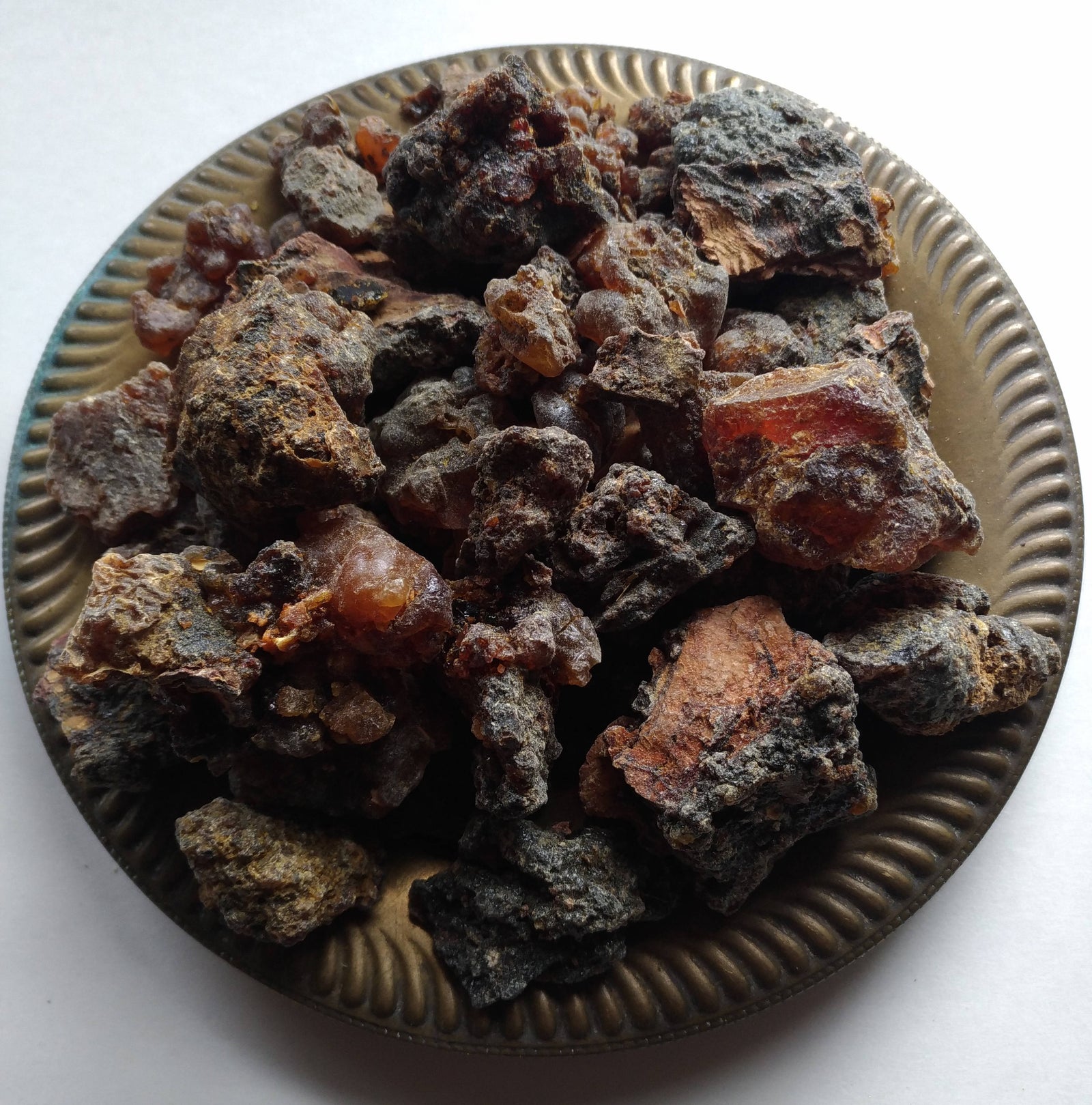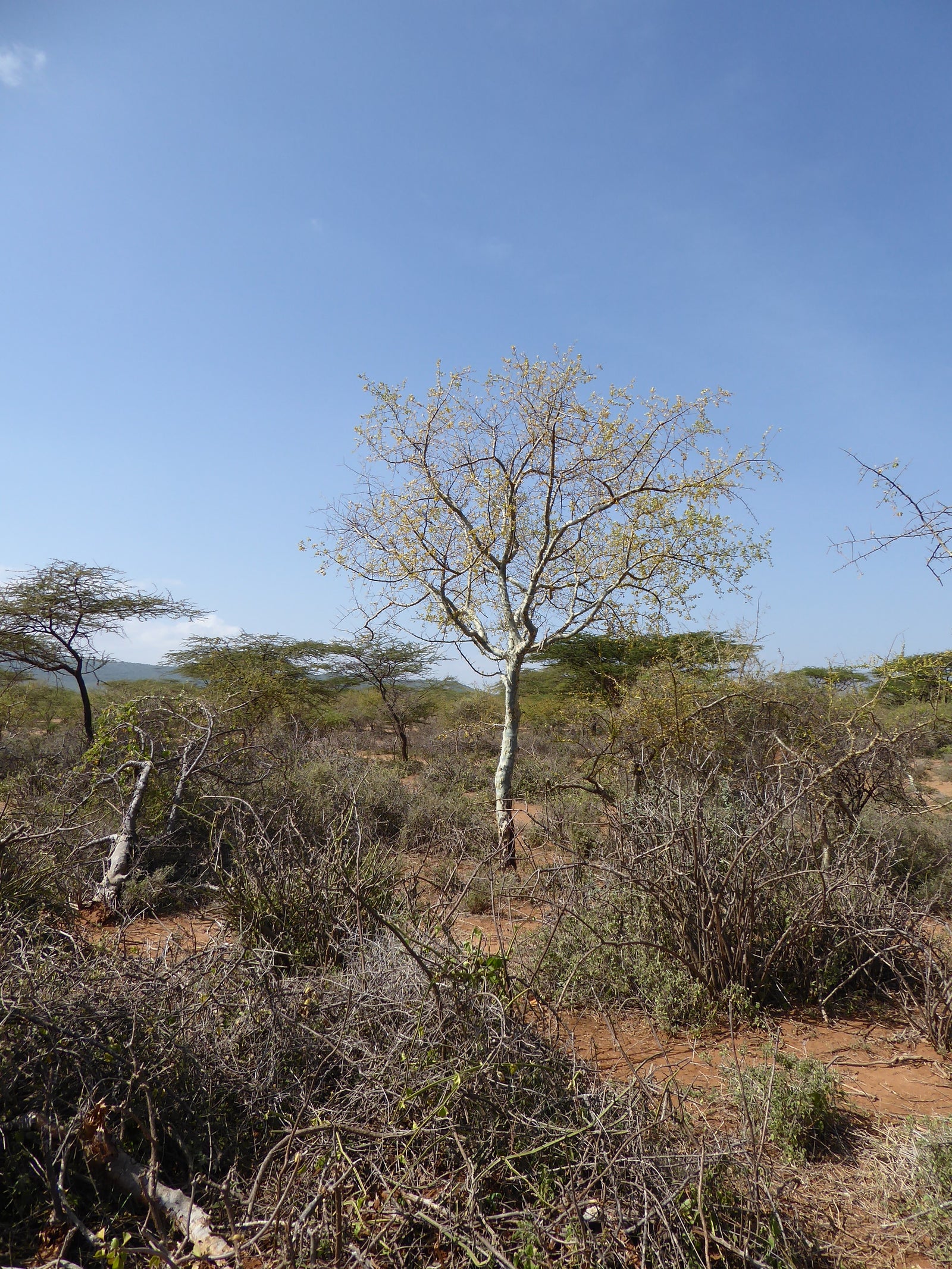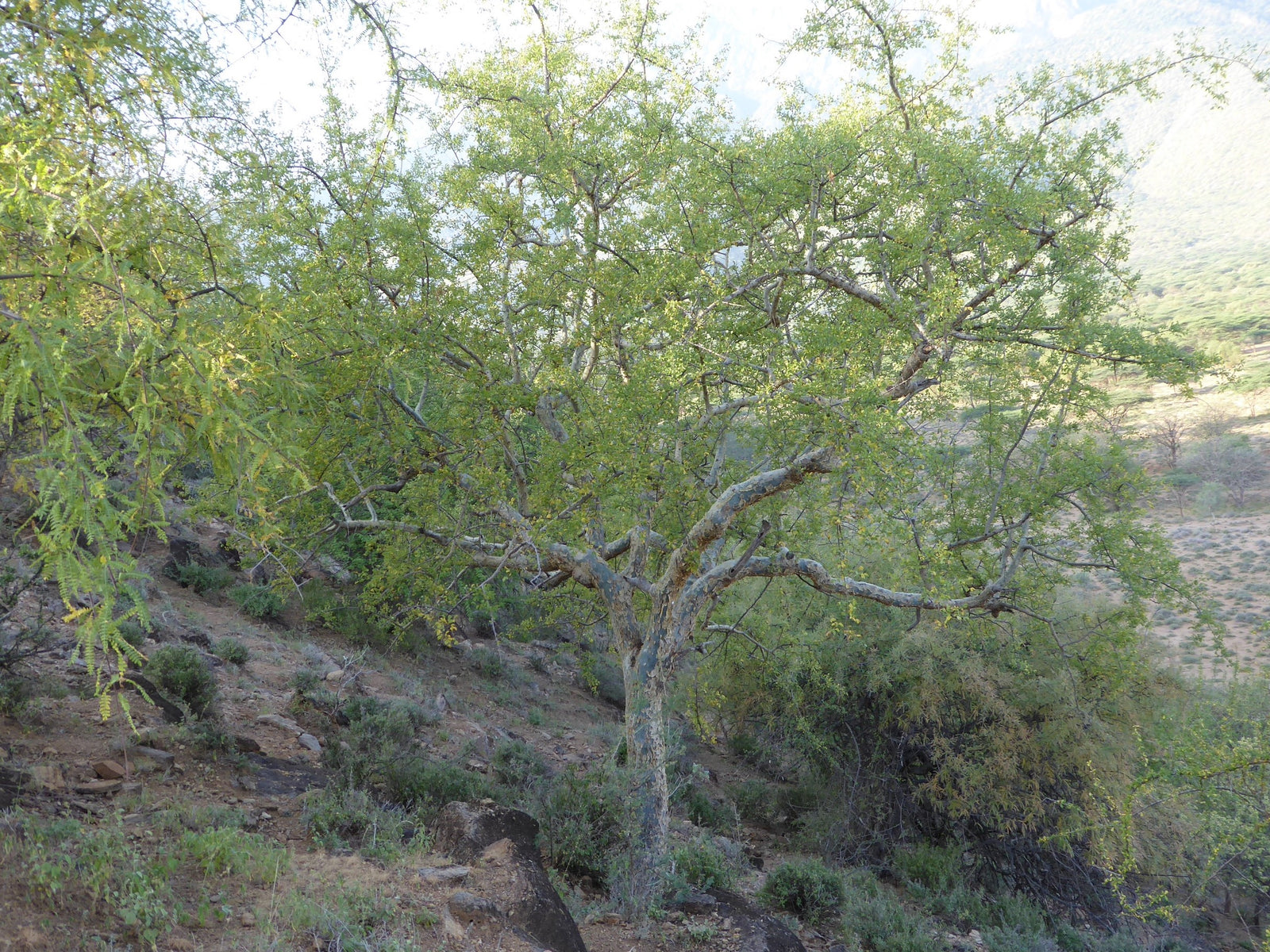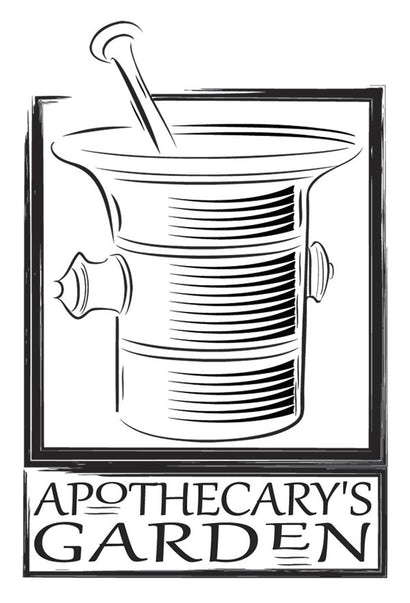


Holziana Myrrh-Commiphora Holziana resin-Bisabol Myrrh-Fairtrade and sustainable-Samburu tribe Kenya
Holziana Myrrh (Commiphora Holziana) is one of the less-known sisters of mainstream Myrrh and belongs to the group of Myrrh trees called Biabol Myrrh, Scented or Sweet Myrrh. I brought only a small quantity in my suitcase from my last visit with the Samburu tribe women in early 2024. Get it while it lasts!
Rare to find on the market, Holziana Myrrh has a brisk ocean-like aroma that sets it apart from its Scented Myrrh sisters.
Another unique aspect of Holziana Myrrh is the unusual blue colouring of its bark. These blue-barked trees dot the landscape of Northern Kenya and are hard to miss.
When I first came across Holziana Myrrh trees, I could not identify them. When I scratched the bark and smelled the aromatic exudate, its unique aroma and blue hue reminded me of the classic 60's aftershave Aquavelva. Even after learning the species' Latin name, I still call out Aquavelva when I see a Holziana Myrrh tree..
Of the Myrrh family in East Africa, Commiphora Myrrha is best known and most traded, C. Guidotti is known in the West as Opoponax, locally called Hadi, and there are three types of Myrrh which are known as Bisabol or scented Myrrh. All three are sold locally as Xagar or Hagar. I call them the scented sisters Bisabol, and they are C. Erythraea, C. Holziana and C. Kataf.
Though they are closely related trees, each yields a resin with a unique aromatic profile, and each stands out as a distinct resin with a signature scent.
Of the four Scented sisters Myrrh I have in the shop, Commiphora erythraea has a soft, seductive, almost animalistic and sensuous oceanic fragrance profile, while C. Holziana strikes one immediately with its brisk, uplifting and vibrant notes, reminding me of the ocean breezes that stimulate and invigorate us. Its scent is fresh and uplifting. C. kataf, on the other hand, has a sweetness and berry-like notes that are lacking in both its sisters and yields a green-coloured essential oil. Opoponax sets itself apart with an intense, almost citrus aroma that bursts out of the bag.
The name "Myrrh" is rooted in the ancient Aramaic, Hebrew and Arabic word for "bitter", Mar-מר. The name Mary, or Miriam in Hebrew, Mar-Yam, (מר'ם), is derived from this word and means the salt of the sea or bitterness of the sea, ie; not sweet but salt water. The name "Aphrodite" is said to mean "risen from the froth, (or salt), of the sea. Our words "Marine" and "Maritime" are also thought to originate in the ancient word "mar".
In Western Astrology, the trees and resins of the Myrrh family are ruled by the Moon, which also rules all bodies of water, the tides of the oceans and seas, the ebb and flow of the fluid systems of the body, the flow of sap and nutrients up and down a trees trunk. the dark and light sides of our emotions, the subconscious mind and the taste of bitter. The Moon also represents duality, Yin and feminine energy. (The Sun being its perfect polar opposite and compliment).
It is also interesting to note that these Scented sisters Myrrh contain powerful anti-fungal compounds. Hagar is traditionally used for incense and as a veterinary medicine to treat skin diseases and fungal infections.
Whether for incense, medicine or perfume, I hope you find them as enjoyable to explore and experience as I have.
Dan
Materials: Co op harvested resins, Fair trade resins, Sustainable resins, Commiphora Holziana, Kenyan resins.




